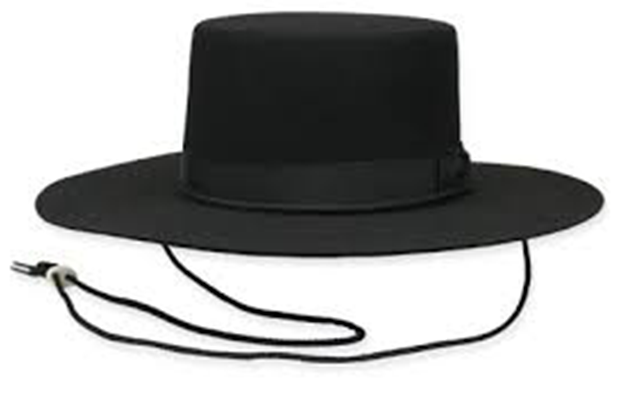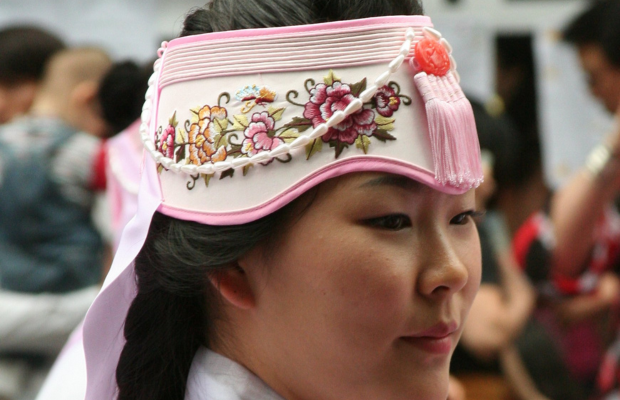
Kolpik: Unveiling the Brown Fur Hat Worn by Hassidic Jews
The Kolpik is a distinctive headpiece worn by Hassidic Jews, particularly within specific dynastic sects. This brown fur hat is not merely an accessory but a symbol of heritage, status, and religious devotion, reserved for significant occasions and worn predominantly by younger, unmarried men from prestigious Hassidic families.
Origins and Significance
The Kolpik traces its origins to Eastern European Jewish communities where it served as a winter hat. Over time, it evolved into a ceremonial accessory, symbolizing familial and religious connections. Today, it is associated with the sons and grandsons of Rebbes (Hassidic spiritual leaders), worn during the Sabbath and Jewish holidays.
Craftsmanship Behind the Kolpik
Creating a Kolpik is an intricate process that requires skilled craftsmanship. Typically made from high-quality fur, such as fox or mink, the hat is meticulously sewn to ensure durability and elegance. The process includes selecting the fur, shaping the hat, and adding details that reflect the wearer’s community and status.
When and How the Kolpik is Worn
The Kolpik is reserved for special occasions like the Sabbath (Shabbat) and Jewish holidays such as Passover (Pesach) and Sukkot. It is worn with traditional Hassidic garments, including a long coat (Bekishe or Kapoteh), usually in black or dark hues, to complement the Kolpik’s brown fur.
The Kolpik in Contemporary Jewish Culture
In today’s diverse Jewish world, the Kolpik remains a potent symbol of heritage and religious identity. It serves as a bridge connecting wearers to their ancestors and their enduring traditions. Wearing the Kolpik reflects a commitment to maintaining and honoring practices passed down through generations, despite modern changes.
Cultural Significance
The Kolpik is more than just a hat; it embodies the values and history of the Hassidic community. It signifies respect for tradition and the importance of family lineage, playing a crucial role in preserving the cultural heritage of Hassidic Jews. This headpiece is a visible marker of one’s place within the community and religious hierarchy.
Comparison with Other Traditional Headwear
While the Kolpik holds a special place in Jewish tradition, other cultures also have rich histories of traditional headwear. For instance, Scottish hats and caps are renowned for their distinctive styles and cultural significance. Exploring these headpieces can provide a broader understanding of cultural expressions worldwide.
Embracing Cultural Headwear Beyond the Kolpik
If you’re interested in exploring other traditional headwear, such as Scottish hats and caps, consider visiting Kilt Master. They offer a wide variety of authentic Scottish hats, perfect for anyone looking to embrace and celebrate Scottish culture. Whether you are drawn to the historical significance of the Kolpik or the charm of Scottish caps, there’s a world of cultural headwear to discover.
Conclusion
The Kolpik stands out as a unique and revered headpiece within Hassidic Jewish culture. Its deep significance, meticulous craftsmanship, and symbolic value make it a fascinating subject. Exploring such traditional headwear enriches our understanding of diverse cultures and their histories, connecting us to a broader human heritage.






